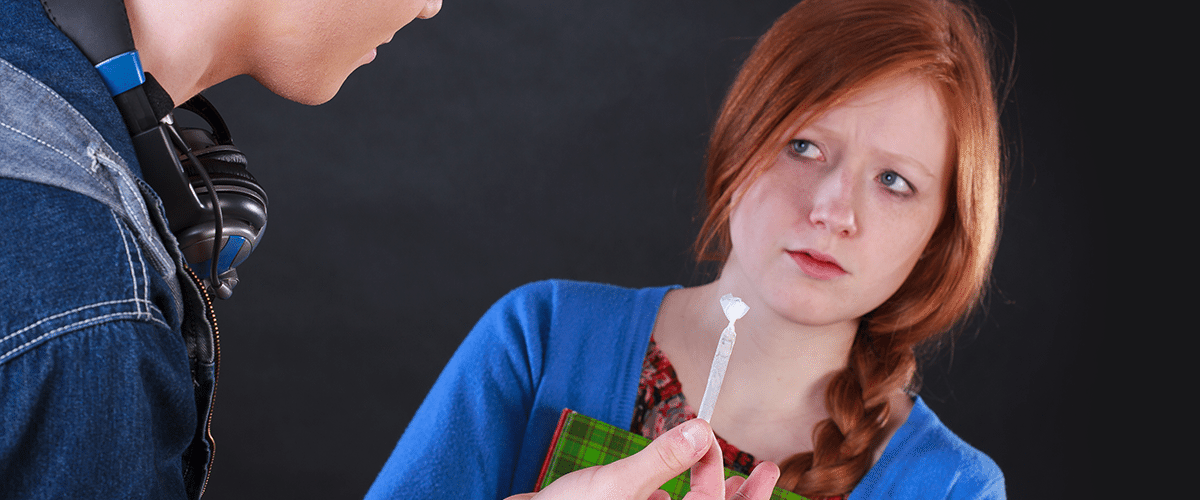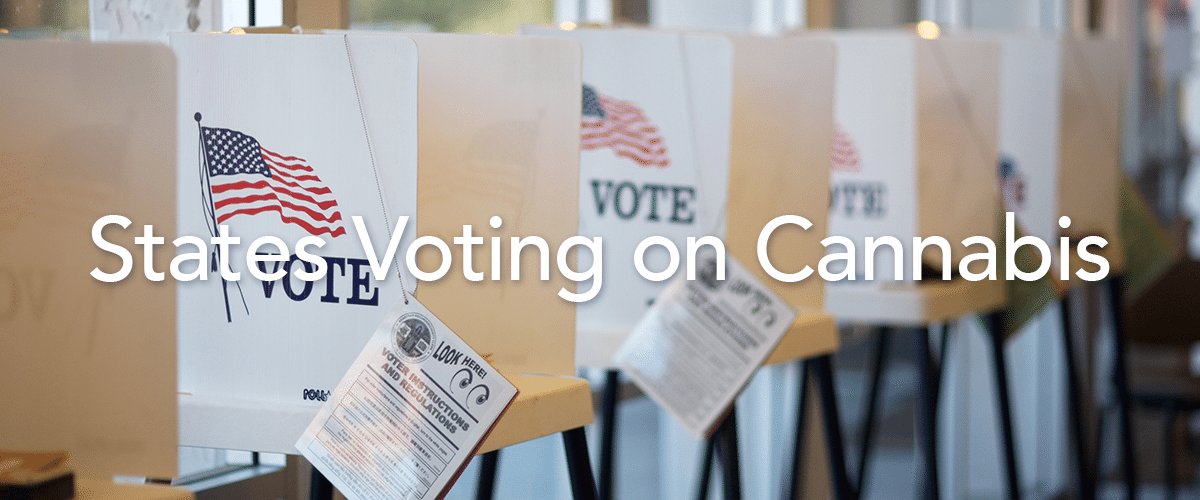Another study has found there to be no correlation between the passing of cannabis laws and an increase in teen marijuana use.
The passing of medical marijuana laws does not increase the prevalence of marijuana use in teens or young adults, according to a new study published in the journal Drug and Alcohol Dependence. The study, conducted by researchers from Columbia University’s Mailman School of Public Health, analyzed annual survey data from respondents included in the National Survey of Drug Use and Health between 2004 and 2013.
The researchers, headed up by associate professor of epidemiology Silvia S. Martins, MD, PhD, found that after medical marijuana legalization, there was no uptick in marijuana use reported in adolescents between the ages of 12 to 17, nor in young adults between the ages of 18 and 25.
“Before medical marijuana laws changed there was a concern that this type of legislation could potentially increase recreational marijuana use in adolescents and adult populations. At least for now, we do not see an increase in use among adolescents,” said Martins.
The researchers did find an increase in marijuana use in adults aged 26 years and older following the passing of medical marijuana laws. The past-month prevalence of marijuana use increased from 5.87 percent to 7.15 percent.
The study also found that after medical marijuana was legalized, adults aged 26 and older perceived that marijuana became more easily accessible, up to 62 percent from 59 percent. However, there was no change in perception of accessibility among adolescents between the ages of 12 and 17 and young adults between the ages of 18 to 25.
The study’s findings are timely, as this November four U.S. states will decide on whether to legalize medical marijuana, and five will vote on recreational marijuana measures.
A common argument from cannabis opponents is that legalization encourages teen marijuana use by conveying a message of acceptability. However, time and time again, studies have shown concerns by legalization opponents to be unwarranted. Martin’s study is simply the most recent to conclude that there is zero correlation between the passing of marijuana laws and an increase in adolescent use.
In 2015, a study published in Lancet Psychiatry examined national surveys and found “no evidence for an increase in adolescent use of marijuana in the year of passage of a medical marijuana law, or in the first or second years of passage.” Earlier this year, researchers used data from the US National Survey on Drug Use in Households and concluded that there was “no evidence of a differential increase in past-month marijuana use in youth that [could] be attributed to state medical marijuana laws.” Most recently, the legalization of adult use marijuana in Washington was found to not increase marijuana accessibility for teens.
“Understanding how the passage of medical marijuana laws affects different age groups improves our understanding of the effects of marijuana policies and provides information about the types of public health responses that should accompany major policy changes related to marijuana,” said Martins.
As of now, 25 states and the District of Columbia have passed medical marijuana legislation. Learn more about the current cannabis laws in the U.S. by visiting our education page. You can read up on the nine states that will be voting on marijuana measures in November here.







